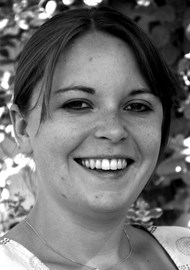The authors present the findings of a retrospective cross-sectional case series. Cases were identified using a treatment register having been evaluated in a set one-year period. Two ophthalmologists acted as masked image examiners for enhanced depth imaging optical coherence tomography (EDI-OCT), non-enhanced depth imaging optical coherence tomography (non-EDI-OCT) and fundus autofluorescence (FAF). No other clinical information or context was given. The study comprised of 15 patients, mean age of 11 years, all with optic nerve head drusen (ONHD) confirmed on B-scan ultrasound at a tertiary referral centre. EDI-OCT detected the highest proportion of ONHD (24/28 eyes). This was not significantly different to non-EDI-OCT (21/28 eyes), but was significantly better at detection than FAF (18/28 eyes). The EDI-OCT also demonstrated better inter-observer agreement than the other modalities. These findings corroborated findings in adult studies. EDI-OCT did not detect all cases of ONHD, and the authors hypothesise this may be due to a higher incidence of buried drusen within the paediatric population. The retrospective nature of the study and small number of examiners is a limitation. The authors have recommended a large longitudinal cohort study is required to investigate using the less-invasive EDI-OCT for monitoring of ONHD in a paediatric population. This study paves the way to demonstrating how the EDI-OCT could be used in the future.
Diagnostic accuracy of enhanced depth imaging OCT in children
Reviewed by Lauren Hepworth
Enhanced depth imaging optical coherence tomography of optic nerve head drusen in children.
CONTRIBUTOR
Lauren R Hepworth
University of Liverpool; Honorary Stroke Specialist Clinical Orthoptist, Northern Care Alliance NHS Foundation Trust; St Helen’s and Knowsley NHS Foundation Trust, UK.
View Full Profile



